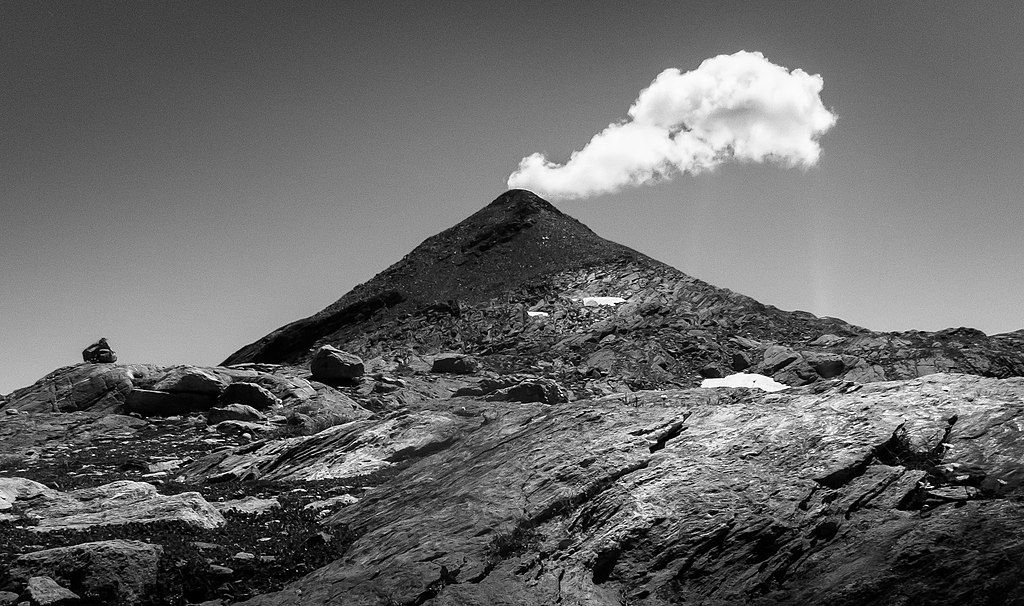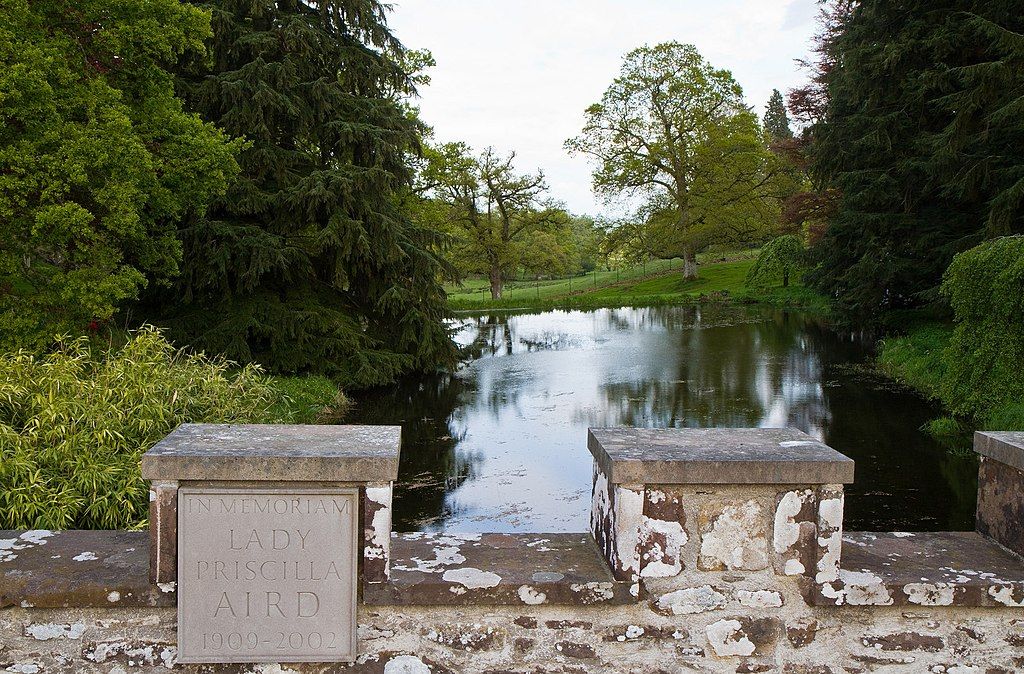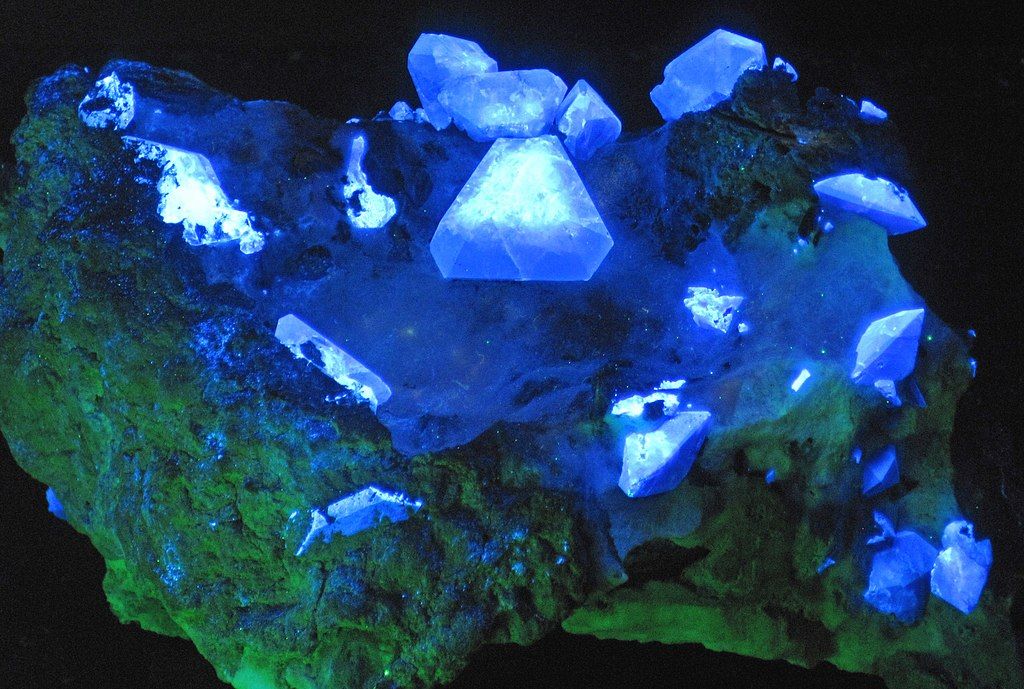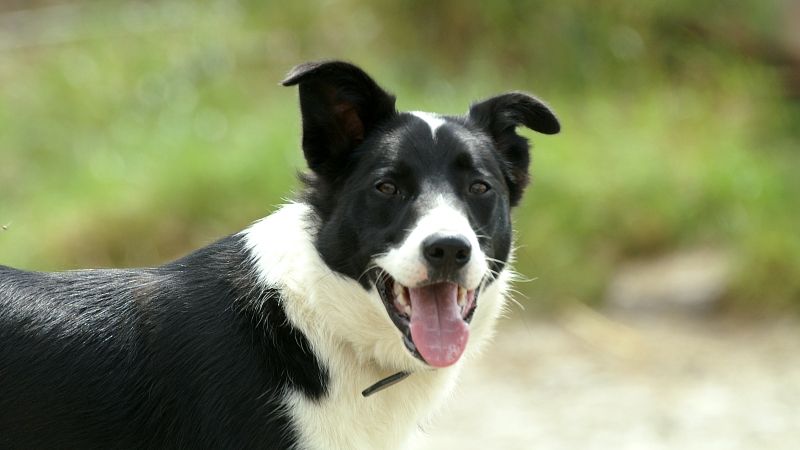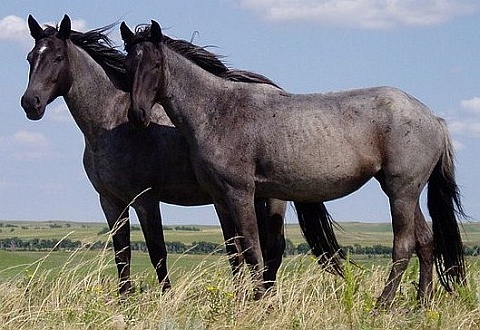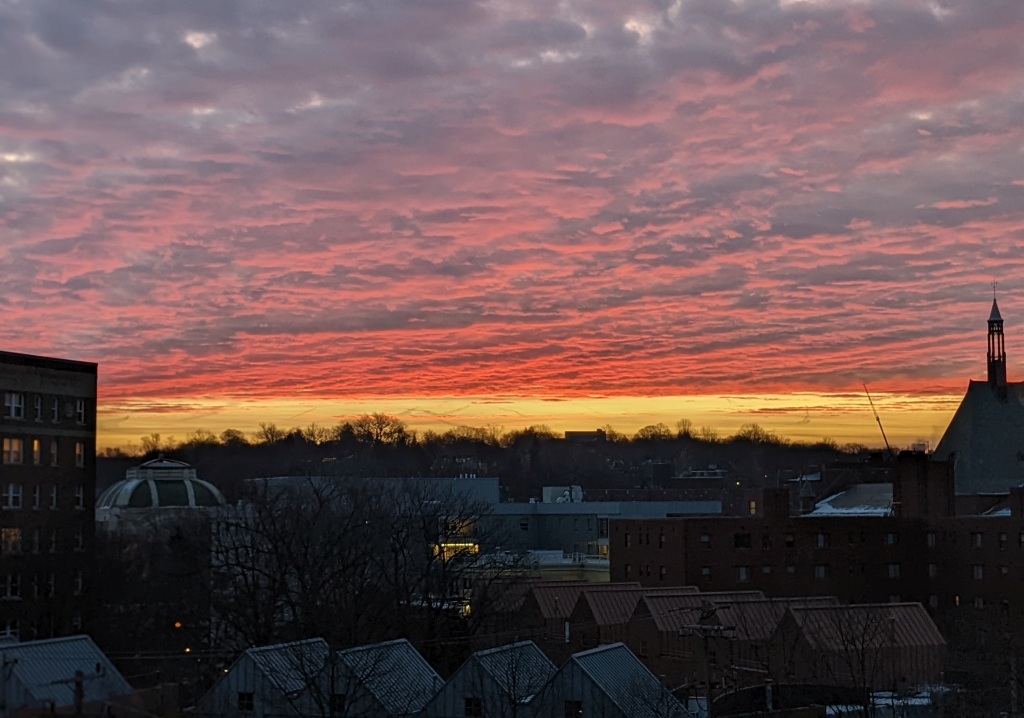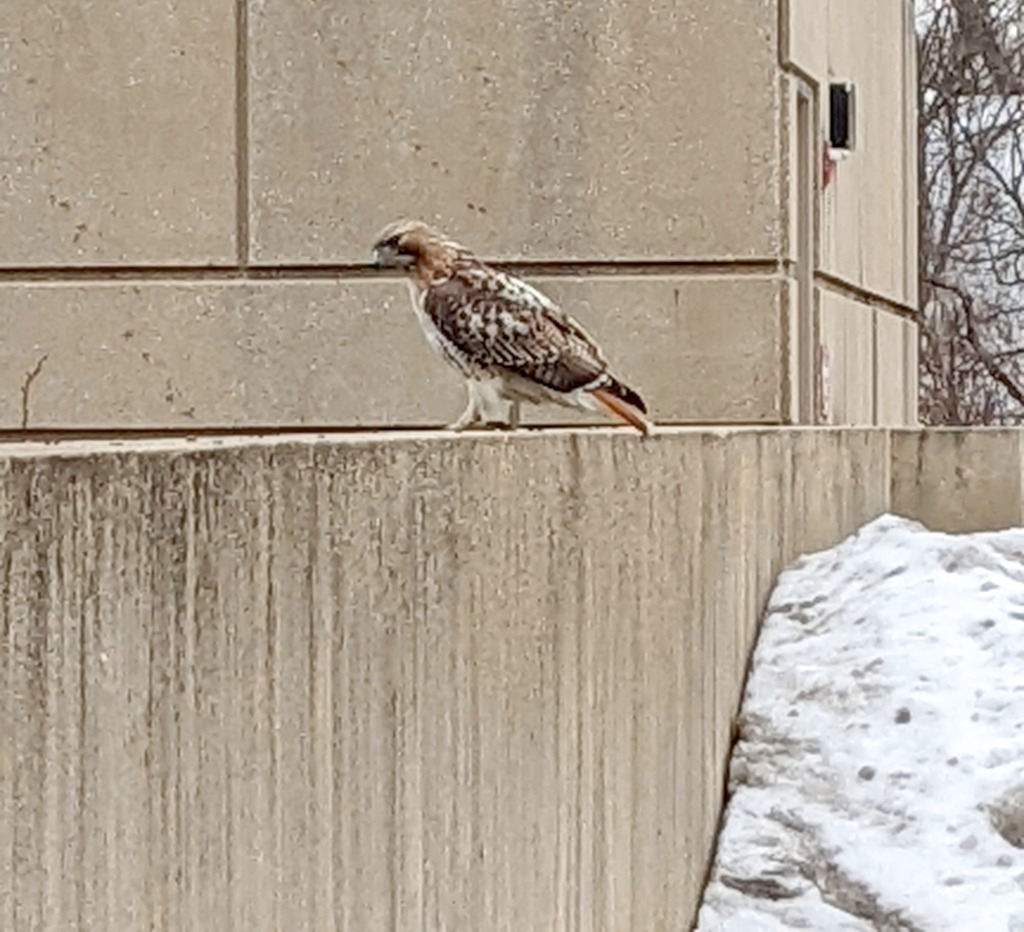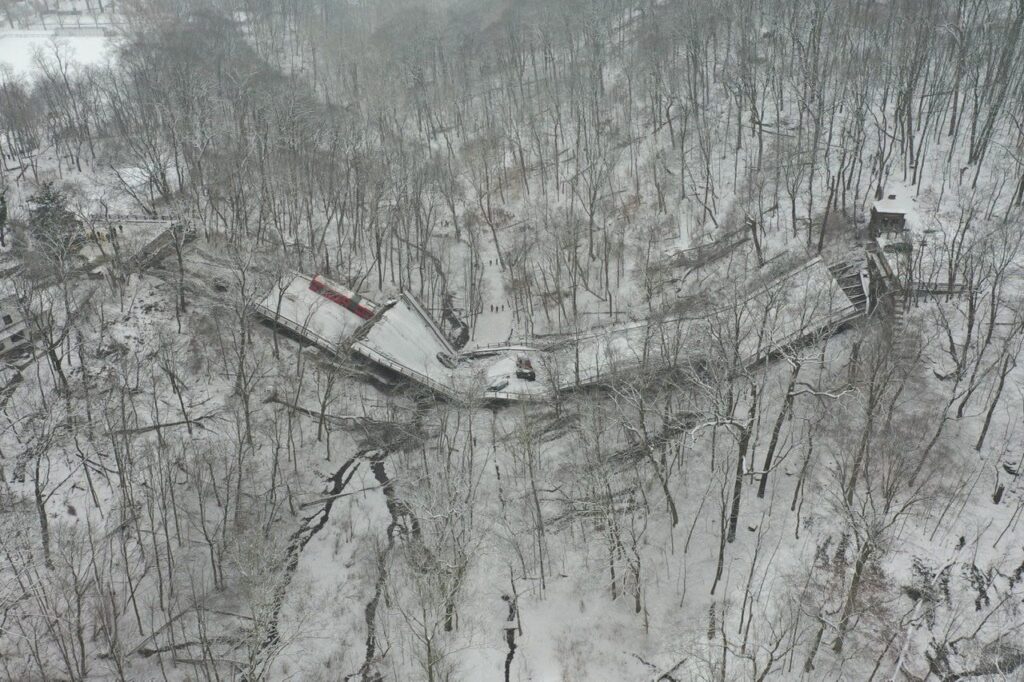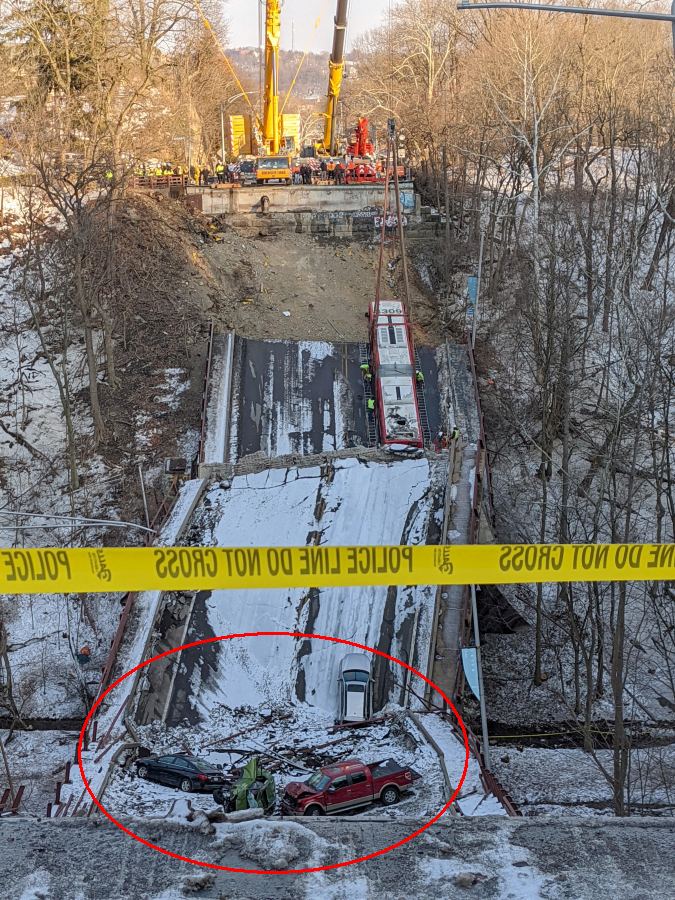
11 April 2022
Avian influenza, also called bird flu, is in the news lately because a highly contagious strain has made it to North America from Eurasia. Though not dangerous to humans, this year’s strain is easily caught by some bird species, most notably chickens. Here’s what it is and what we can do to protect birds.
What is this virus? As USDA explains, “Avian influenza is caused by an influenza type A virus which can infect poultry (such as chickens, turkeys, pheasants, quail, domestic ducks, geese, and guinea fowl) and wild birds (especially waterfowl).” Various strains are always in the wild but the low pathogenicity versions do not cause illness in wild birds or chickens. Every few years, however, a highly pathogenic (HPAI) strain surfaces that is extremely infectious, fatal to chickens, and rapidly spreads in domestic poultry.
This year’s HPAI strain has already devastated many poultry farms.
Which birds have died? USDA is tracking the virus and reports that millions of commercially raised chickens and turkeys have already died this year. As of 7 April 2022 the total death count was more than 24.2 million, the vast majority of which — more than 16 million — were Commercial Layer Chickens. That’s why the price of eggs has gone up. (See USDA commercial and backyard flock statistics here.)
If you are a poultry farmer, have backyard chickens, or have captive birds in a zoo or rehab facility you’ll want to heed USDA’s advice to protect your birds. Accordingly the Pittsburgh Zoo, the National Aviary, and HARP’s wild bird rehab facility in Verona are taking precautions. (See this Post-Gazette article.)
Should we worry about wild birds? Not so much. Wild birds maintain their own social distancing whereas domestic poultry live in crowded conditions on factory farms.
In addition, avian flu is primarily caught by ducks, geese, swans, chickens, wild turkeys, pheasants and quail. Some raptors catch it, though in low numbers. Songbirds are at low risk.
As of 7 April 2022, USDA testing of dead wild birds has found 637 cases in the U.S. 88% were water-related birds, notably mallards and snow geese. 11% were raptors. The highest raptor death toll was among black vultures who roost communally. (See USDA wild bird statistics here.)
Notice the order of magnitude here: 24.2 million poultry deaths versus 637 wild bird deaths.
Interestingly, the species most susceptible to avian influenza are closely related and stand alone in the the phylogenomic supertree below (pale green branch at bottom right = ducks, geese, chickens, pheasants) while those least susceptible are least related to ducks and chickens.

Should you stop feeding wild birds? Audubon Society of Western PA says there is no need to stop feeding wild birds but as always you should clean your feeders every week. Here’s ASWP’s advice from their website.

And finally, here are two quotes from the New York Times:
Nearly all the nine billion chickens raised and slaughtered in the United States each year can trace their lineage to a handful of breeds that have been manipulated to favor fast growth and plump breasts. The birds are also exceptionally vulnerable to outbreaks of disease. “They all have the same immune system, or lack of an immune system, so once a virus gets inside a barn, it’s going to spread like wildfire,” said Dr. Hansen, the public health veterinarian.
Andrew deCoriolis, the executive director of Farm Forward says: “Instead of asking how factory farms can prevent infections that originate in the environment, which is how they frame it now, we should be asking how they can prevent infections that originate on factory farms,” he said. “If we keep raising more and more animals in these conditions, we should expect the exact outcome we’re getting because that’s how the system is set up.”
— New York Times: Avian Flu Spread in the U.S. Worries Poultry Industry, Feb 24, 2022
(photo from Wikimedia Commons, phlyogenomic supertree from MDPI, wild bird advice from ASWP; click on the captions to see the originals)
